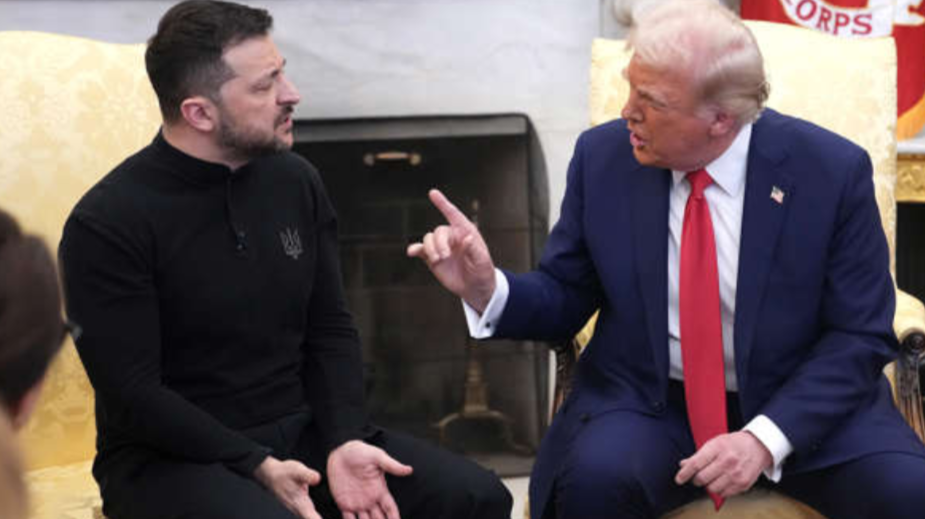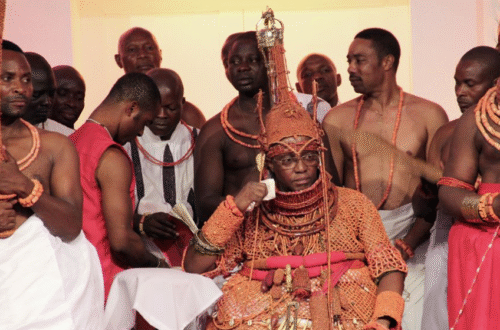
What Actually Happens In Peace Negotiations?

Peace negotiations are complex and delicate, involving a web of political, military, and diplomatic efforts. They require not just a willingness to talk, but the right conditions, trusted mediators, and a clear, step-by-step process.
We can see this playing out in real time with high-profile conflicts like the Russia-Ukraine war and the Israel-Hamas conflict. For instance, Ukrainian President Volodymyr Zelenskyy recently expressed openness to trading Russian-occupied land for Ukrainian territory—a controversial but strategic signal of flexibility in negotiations.
Yet, he emphasized a critical non-negotiable: reliable security guarantees. This illustrates how peace talks often involve painful compromises, calculated risks, and firm conditions.
At the same time, the involvement of influential international figures—such as former U.S. President Donald Trump, who has positioned himself as a potential peace broker—adds another layer of political complexity.
These real-world examples highlight how multifaceted peace efforts are, and why understanding the process behind them is so important.
So, What Actually Happens in Peace Talks?
Here’s a breakdown of how peace negotiations typically unfold:
1. Pre-Negotiation: Laying the Groundwork
Before formal talks begin, opposing parties often engage in backchannel diplomacy. Mediators—such as the UN, neutral countries, or NGOs—may help establish:
-
Who will be at the table
-
Where and how the talks will happen
-
Initial trust-building steps, like ceasefires or prisoner exchanges
This phase is about establishing trust and setting the stage.
2. Agenda Building: Defining What’s on the Table
Next, parties determine:
-
The main issues to be addressed (e.g., borders, governance, disarmament)
-
Which topics are negotiable, and which are not
-
The structure and timeline for discussions
This phase is often tense, as each side wants to control the narrative and protect its interests.
3. The Core Negotiations: Dialogue and Diplomacy
This is where the actual bargaining happens. Negotiators:
-
Present demands and proposals
-
Make offers and counteroffers
-
Use tactics like shuttle diplomacy (mediators moving between parties) or informal side meetings
It can take weeks, months, or even years to find common ground, especially if emotions and past grievances run deep.
4. Drafting a Peace Agreement
Once major issues are resolved, the terms are formalized in a peace accord. It may include:
-
Ceasefire terms
-
Political power-sharing arrangements
-
Refugee return policies
-
Justice and reconciliation measures
-
International monitoring or peacekeeping plans
Lawyers and technical experts help ensure the deal is legally sound and enforceable.
5. Implementation and Monitoring
Signing a deal is just the beginning. The real test is making it work:
-
Peacekeepers or international observers may be deployed
-
Timelines and compliance mechanisms are monitored
-
Continued negotiations may be needed to resolve disputes
Without strong implementation, even the best peace deals can collapse—many have.
What Makes Peace Talks Succeed or Fail?
-
Mutual recognition and basic trust
-
Skilled, neutral mediation
-
Inclusive negotiations (involving civil society, women, ethnic minorities)
-
Clear implementation plans
-
Avoiding zero-sum outcomes
Why It Matters
The current Russia-Ukraine and Israel-Hamas conflicts remind us that peace is not simply declared—it’s built. It requires courage, compromise, and coordination on a global scale. Understanding the process behind peace negotiations gives us deeper insight into the complexity of conflict resolution—and the long, difficult road to healing and coexistence.


You May Also Like

5 Reasons The Oba of Benin Covers His Mouth With a White Handkerchief
May 23, 2025
10 best Valentine’s Day gifts for your woman
February 11, 2025